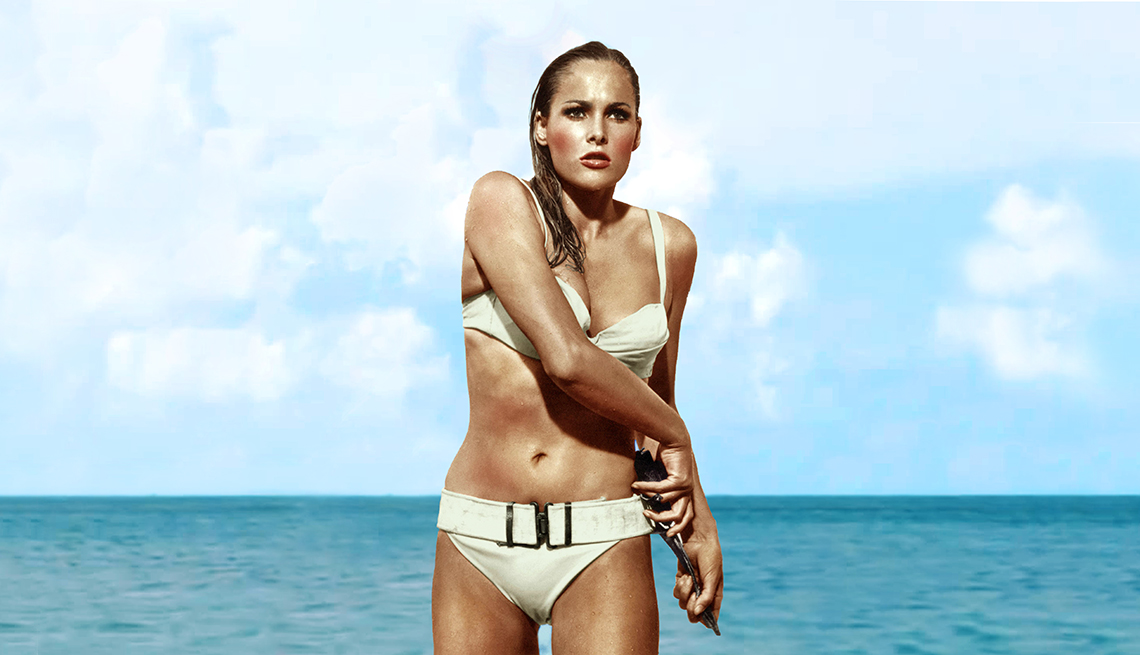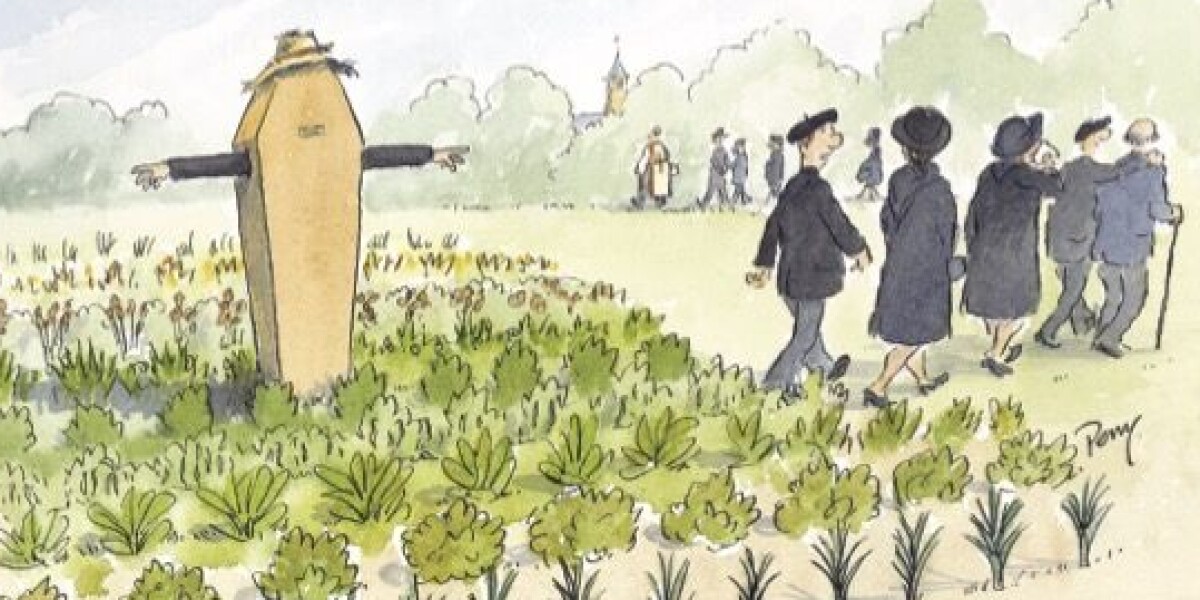
- Select a language for the TTS:
- UK English Female
- UK English Male
- US English Female
- US English Male
- Australian Female
- Australian Male
- Language selected: (auto detect) - EN
Play all audios:
This brings rise to origin story two. Around the same time, automotive engineer Louis Réard introduced a competitor to the Atome, which was even briefer than Heim’s design. He named his
design the “Bikini,” in a nod to nuclear testing in the Bikini Atoll in the Marshall Islands of Micronesia — as well as a bit of a riff on Heim’s “Atome,” which was so-named because it was
tiny, like an atom, and also to reflect the Atomic age and postnuclear boom at the end of World War II, Cole says. “It’s whack that today we use that word [bikini] to reference something so
joyful and charming and fun, but it’s based on the idea of nuclear testing,” he adds, laughing. Réard had one problem with his design that Heim was able to avoid. So “skimpy” was his
“Bikini” that he was unable to convince any fashion models in Paris to model the suit in a photo shoot. “The mainstream models in the fashion industry refused,” Cole says. “So, in order to
do a photo shoot of the bikini, he had to hire a stripper from the Montmarte!” It still took quite some time before the outfit we now see as ubiquitous with summer had its “Ground Zero”
moment, Cole, coauthor of the book, _The History of Modern Fashion_, says, while admitting that he’s not fond of the idea of tying one point in history to a defining moment for fashion. That
moment, which is listed as one of the “Top 10 Bikinis in Pop Culture” by _Time_, came in 1962 when Swiss and German actress-model Ursula Andress, in the role of Honey Ryder, emerged from
the ocean wearing a low-waisted, belted white bikini in the first James Bond film, _Dr. No_. “At that point, the bikini basically becomes the standard appellation of it and the standard
name, and it basically becomes something that is relatively accepted in mainstream North America at that point,” Cole notes. The Andress moment also coincided with multiple movements within
the U.S. that helped fuel its popularity — namely beach/surf culture ushered in by the Beach Boys, the free-love/hippie movement, suntanning and, of course, the release of a certain song
about an “Itsy, Bitsy, Teeny, Weeny, Yellow Polka-Dot Bikini,” by Bryan Hyland.





